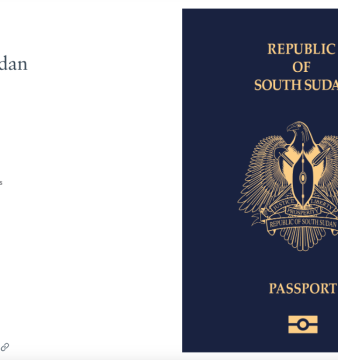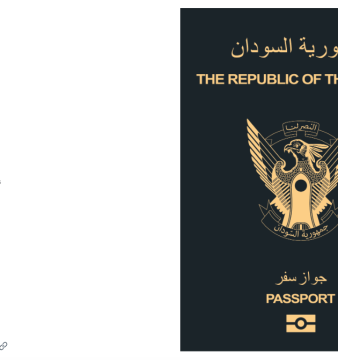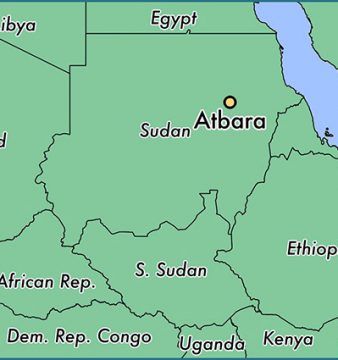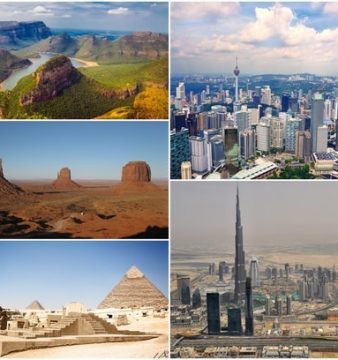Exclusive: Sudan World Heritage Sites
In June 2014, UNESCO’s World Heritage Committee met in Qatar for their 38th session to look into proposals to enlist 22 new cultural sites, including four Arab countries, on UNESCO’s World Heritage List.
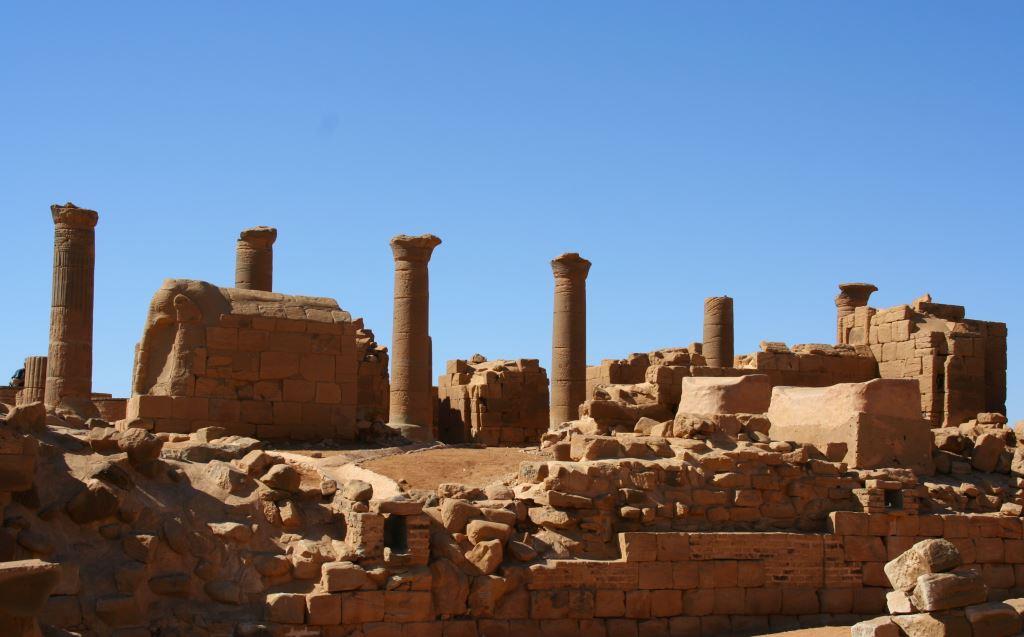
Musawwarat es-Sufra, a large Meroitic temple complex in Sudan, 190 km Northeast of Kharoum. (Photographer: Mauro Gambini)
Among the four Arab sites that would be considered at the 11-day summit is Sudan’s Sanganeb Marine Park, which has been on UNESCO’s World Heritage List’s ‘Tentative List’ since 2004.
The three other Arab sites include Rock Art i Hail Region in Saudi Arabia, The Ahwar in Iraq and Bethany Beyond the Jordan in Jordan.
The World Heritage List includes 981 cultural and natural properties, which the World Heritage Committee considers as having outstanding universal significance.
Sanganeb Marine Park is the first marine national park in Sudan since 1990. It lies over an area of approximately 26,000 hectares, at a distance of 30 km northeast Port Sudan on the western shore of the Red Sea. The park is known for its richness of marine life, consisting of 124 groups of coral reef, three species of sharks, dolphins, turtles, fishes and a variety of molluscus and urchins.
If Sanganeb Marine Park becomes enlisted in the World Heritage List, it wouldn’t be the first entry for Sudan. In fact, it would be Sudan’s third. Gebel Barkal and the Sites of the Napatan Region was Sudan’s first entry to the list in 2003. In 2011, UNESCO’s World Heritage Committee entered Sudan’s Archaeological Sites of the Island of Meroe to the list.
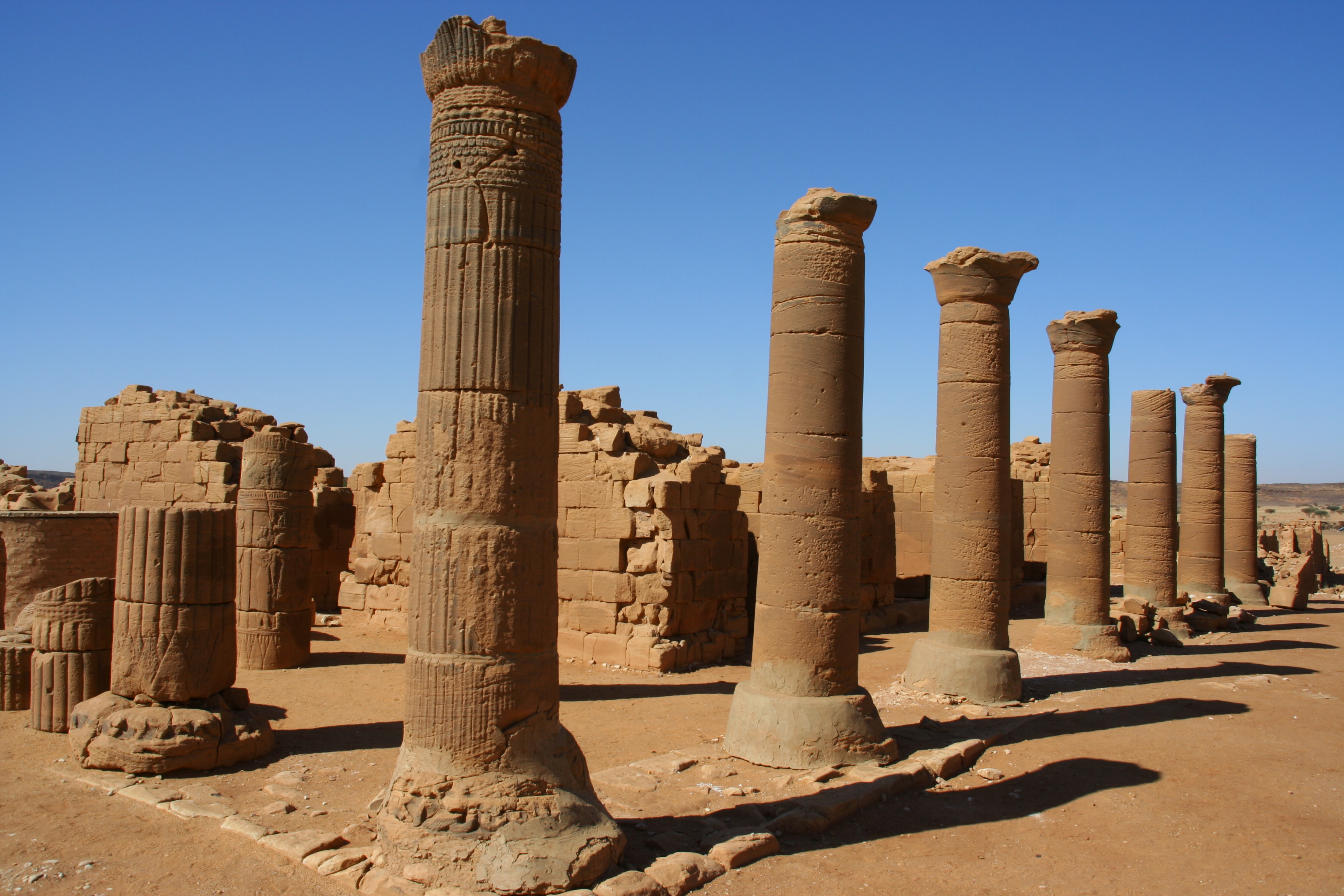
Musawwarat es-Sufra, a large Meroitic temple complex in Sudan, 190 km Northeast of Kharoum, (Photographer: Mauro Gambini)
Gebel Barkal and the Sites of the Napatan Region is a collection of five archaeological sites, stretching over more than 60 km in the Nile valley. The sites pertain to the Napatan (900 to 270 BC) and Meroitic (270 BC to 350 AD) cultures, of the second Kingdom of Kush. On the site are tombs – with and without pyramids – temples, living complexes and palaces. Since the ancient times, the hill of Gebel Barkal has been strongly associated with religious traditions and folklore. The local people of the Nile Valley still consider the largest temples at the unique archaeological site sacred.
The Archaeological Sites of the Island of Meroe are in a semi-desert landscape between the Nile and Atbara rivers. It was the heartland of the Kingdom of Kush, a major civilisation from the 8th century BC to the 4th century AD. The site consists of the royal city of the Kushite kings at Meroe, near the River Nile, the nearby religious site of Naqa, and Musawwarat es Sufra. It was the seat of the rulers who occupied Egypt for almost a century, featuring – among other vestiges – pyramids, temples and domestic buildings as well as major installations connected to water management. Kush’s vast empire extended from the Mediterranean to the heart of Africa, allowing the exchange of arts, architecture, religions and languages.
That’s not it for Sudan. Besides Sanganeb Marine Park, also on the ‘Tentative List’ for UNESCO’s World Heritage List are Suakin, Kerma and Old Dongola, enlisted since 1994; and Dinder National Park and Wadi Howar National Park, enlisted since 2004. That leaves another five archeological and cultural Sudanese sites to be considered by UNESCO’s World Heritage Committee.

